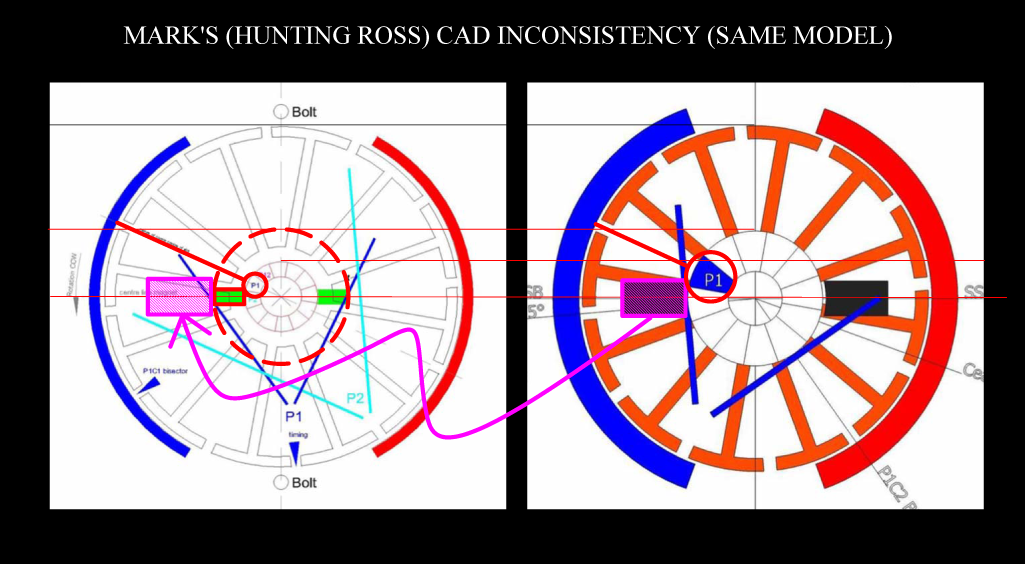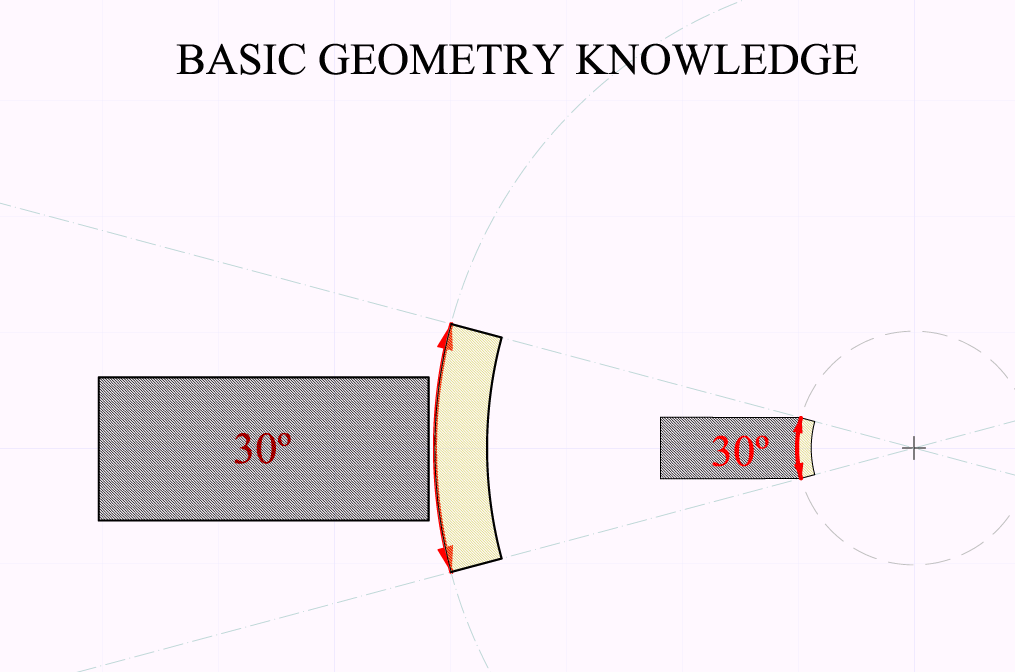I'm in Japan. Buying and shipping to Japan a new complete 45lbs+ motor will cost hundreds of $$$. That's out of the equation for me.
Through years of testing trials and errors, I'm convinced that the asymetric motors will exceed the OEM motors. Between the torque and high RPMs, it gives us enough room to adjust the Timing and gearing to out perform a standard motor. At the beginning I was skeptical but I wanted to try and learn something new... Keep an Open Mind
Testing and building can be very frustrating. It costs a lot of time, money, effort and trust. You have to remember, no one is getting paid for this! We have gone through a lot of the hard work and some guidelines have been proven/specs. Constructive criticism on how to improve the system should be given after a person has built an asymetric motor built within the specs/tolerances that have been stated.
We have done a lot of this work and and there is still a lot that must still be done but... Now, it's time to enjoy some of the fruits of our labor. Im not too concerned with testing for now. Currently, I'm building an Electric Motorcycle to ride around town with my All North Imperial motor. I incourage people to do like wise... For me, it's spring! Enjoy the outdoors with 0/Zero emissions!

Keep it Clean and Green

Midaz








Leave a comment: